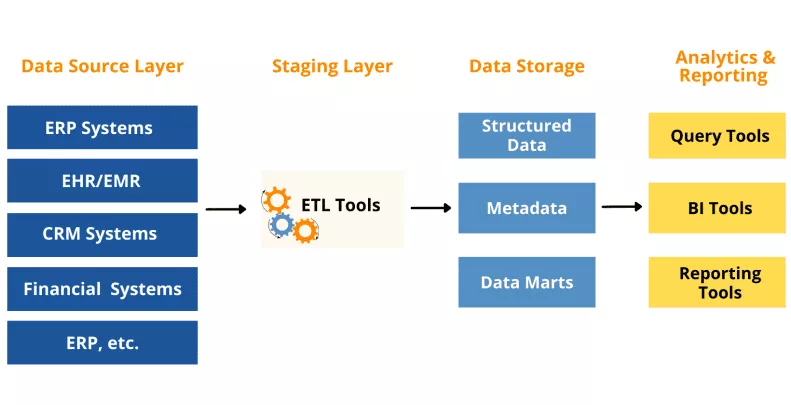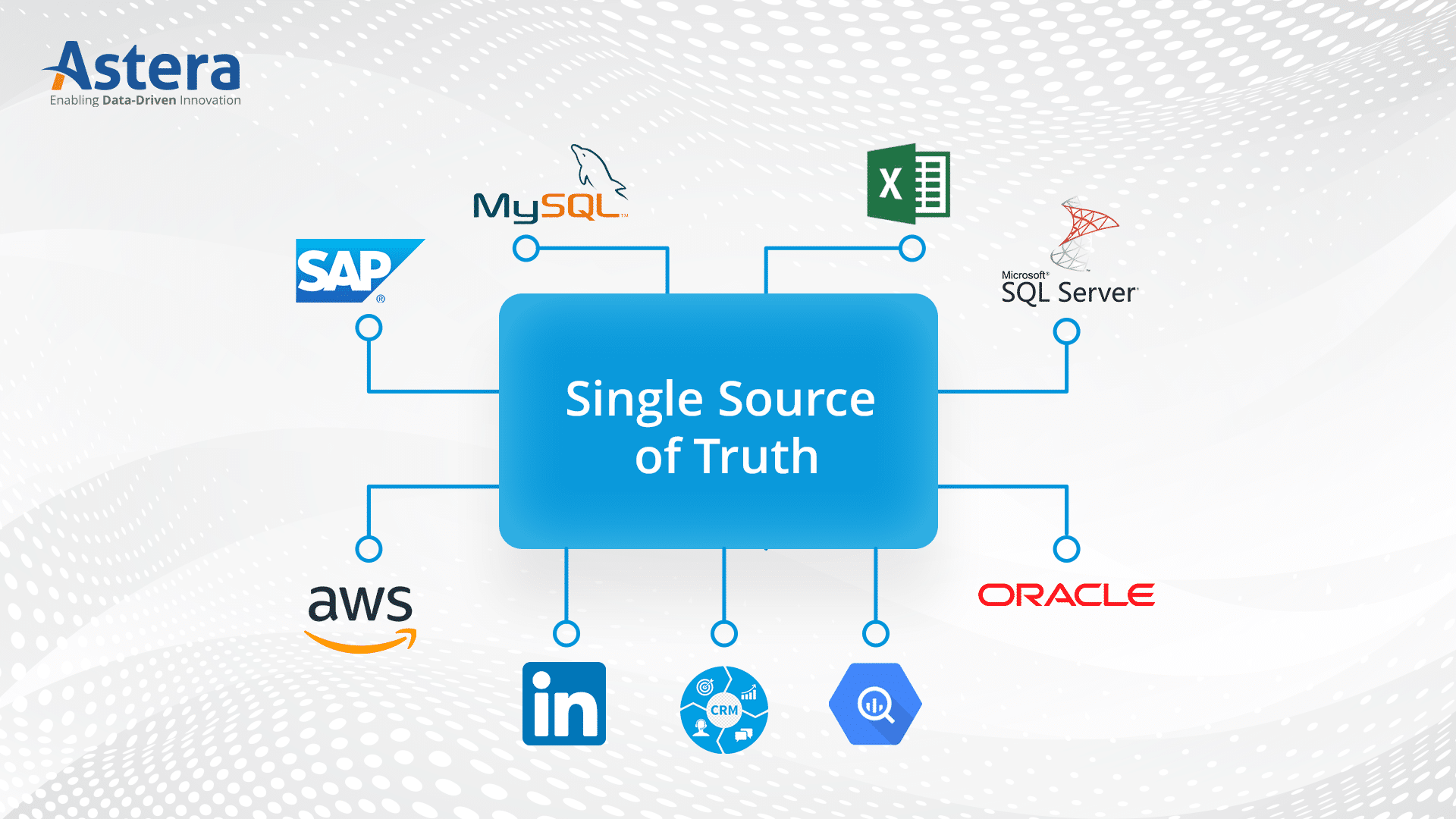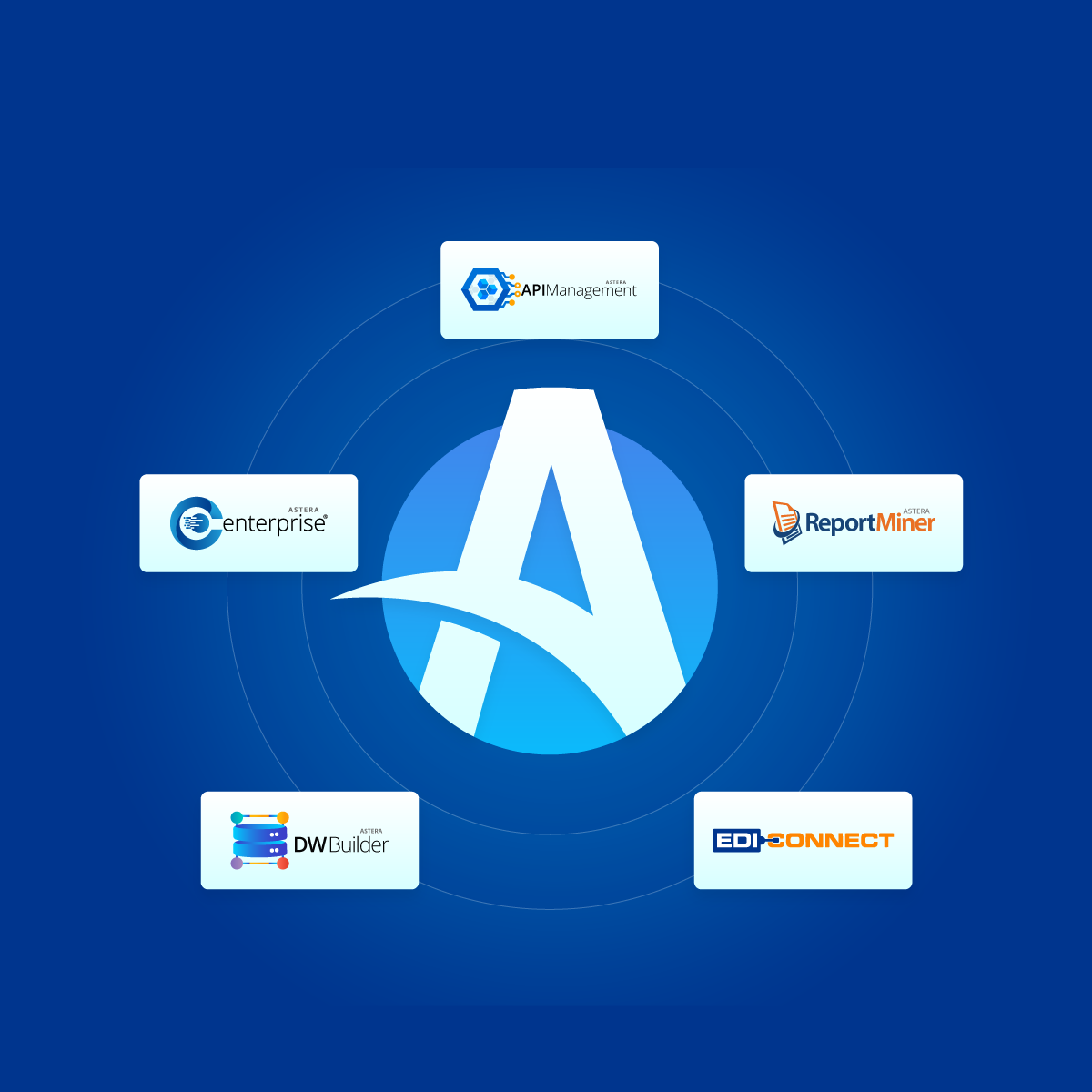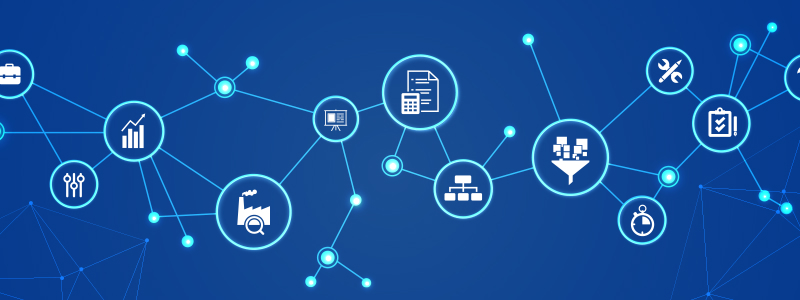The modern data stack has revolutionized the way organizations approach data management, enabling them to harness the power of data for informed decision-making and strategic planning. With its integrated suite of tools and technologies for data warehousing, ETL pipelines, cloud-based analytics platforms, and machine learning algorithms, the modern stack offers businesses a comprehensive solution for collecting, storing, processing, and analyzing data. By leveraging the capabilities of the modern data stack, companies can gain deeper insights, make data-driven decisions, and ultimately drive growth and success in today’s hyper-competitive marketplace. For that we need to understand what is a modern data stack?
What is a Modern Data Stack?
The modern data stack (MDS) is a collection of tools for data integration that enable organizations to collect, process, store and analyze data. Being based on a well-integrated cloud platform, modern data stack offers scalability, efficiency, and proficiency in data handling. Therefore, it assists in managing big data that is too complex to process using traditional data stack.

Components of a Modern Data Stack
A modern stack typically consists of the following components:
-
Data source
A data source is from where the data originates. These are various sources, like databases or third-party apps such as Salesforce and HubSpot, that contain raw data stored in an unorganized manner i.e., unstructured data
-
Data pipeline tools
The ELT data pipeline tools gather and move data from the data sources. This is where data extraction tools from companies like Astera, Matillion, and Fivetran are used to organize and prepare data for a cloud data warehouse.
-
Data warehouse
A data warehouse or a data lake is a cloud-based data storage solution that stores all the organized data collected from the data source using the data pipeline tools.
-
Data transformation tools
After storing raw data, data transformational tools help transform it into a data model that allows data analysts or data scientists to extract insights from it. ELT or ETL tools, such as DBT, work within a cloud data warehouse to convert, clean, and structure data, into a format usable by data engineers and analysts.
-
Data analytics or Business Intelligence Platform
The data is then analyzed using Business Intelligence (BI) software, big data analytics platforms, and data visualization cloud services. These business analytics platforms allow users to make interactive dashboards and visual reports to draw insights from their data.
What Should I Look For in Each Component of the Modern Data Stack?
When it comes to data source, make sure that it is reliable, trust-worthy, and authentic. It is also essential to ensure that the data source has complete data, is free from any bad data and contains no errors. The quality of data in the data source is crucial to achieving resourceful insights.

As for the data pipeline tools, they should be easy to use and should offer a variety of features. It should have pre-built connectors to the data sources used within your organization so that it is quick and easy to set-up.
A data warehouse should be scalable, robust, flexible, and efficient. To meet data storage and data analytics needs, the data destination should have the ability to scale its computing and storage resources easily without causing prolonged downtime.
Furthermore, the transformational tools should have features that make it easy to trace back, should be compatible with your destination. These tools should allow you to automate your data pipeline and should make data management easy.
Lastly, the data analytics platforms should contain flexible visualization and should be accessible and easy to interpret for all users. Other features are dependent upon the internal data and may include allowing end user to self-serve as per their data analytics or project needs.
What Are the Benefits of a Modern Stack?
Scalability
Modern data stack allows organizations to easily scale up or down as per the need of the project. This is possible due to the various tools that are used in a stack, as different combinations allow for a variety of scalability.
Efficiency
The components of a modern stack aren’t much different from a legacy data stack but have instead helped evolve the speed and volume of data efficiency. Therefore, businesses now have easier and timely access to more accurate insights without having to build massive tech stacks in-house. The integration of cloud platforms helps save time and resources. Consequently, work that took hours to complete using a legacy stack, can now be done in minutes using a modern stack.
Flexibility
A modern data stack allows companies to add or remove services within a data stack without the need to set up the system from scratch. Furthermore, the modern stack makes use of software as a service platform (SaaS), creating out-of-the-box tools. This means that business can now work with minimal setup requirements.
Cost effectiveness
The modern data stack not only saves time and efforts but is also easy on the pocket. In comparison to in-house solutions, the declining cost of cloud technology helps increase cost saving. Additionally, by integrating cloud solutions organizations can prevent incurring large software acquisition costs. This is possible considering how most cloud services have consumption-based pricing models.
What Separates a Modern Data Stack from a Legacy Data Stack?
The primary difference is that modern data stack relies on cloud computing while a legacy stack requires technical configuration. The later stores data on servers as opposed to a cloud.
This characteristic allows the modern stack to be more accessible and scalable. It therefore reduces technical barrier to entry for data integration. A modern stack provides access and ease of understanding to users of all disciples without the need of any in-depth technical knowledge.
Alternatively, a legacy data stack is a traditional relational database management system (RDBMS), which stores and processes data using (SQL). In a modern stack, using an RDBMS is less common due to its limitations in managing big data. However, SQL continues to be a popular query language for both modern and legacy data stacks.
A legacy data stack is an infrastructure-heavy method of preparing data for analytical use. It is a popular method used by companies for years before the development of a modern data stack. While the adoption of MDS is on the rise, legacy data stacks remain vital to businesses. This is because they house critical company information that must be properly integrated into the modern stack.
Set-up Your Modern Data Stack with Astera
Whether you’re setting up a modern data stack for the first time, or you’re someone looking for user-friendly alternatives we’ve got you covered. Astera Data Stack is a budget friendly solution that helps you implement modern data stack.

Astera Data Stack is a comprehensive solution that allows businesses to connect their data pipelines to various databases, data warehouses, files, and web applications easily. With its transformational tools, the platform enables efficient data cleaning and filtering, resulting in faster innovation and reliable data access. Astera Data Stack covers all the components of a modern data stack and automates complex data processes and workflows. It offers maximum flexibility, allowing customers to choose specific tools or adopt the entire platform to build a cloud-based data solution tailored to their organization’s needs.
Try Astera Data Stack today to start using a reliable and secure cloud-based data solution that performs at the speed of your business.







